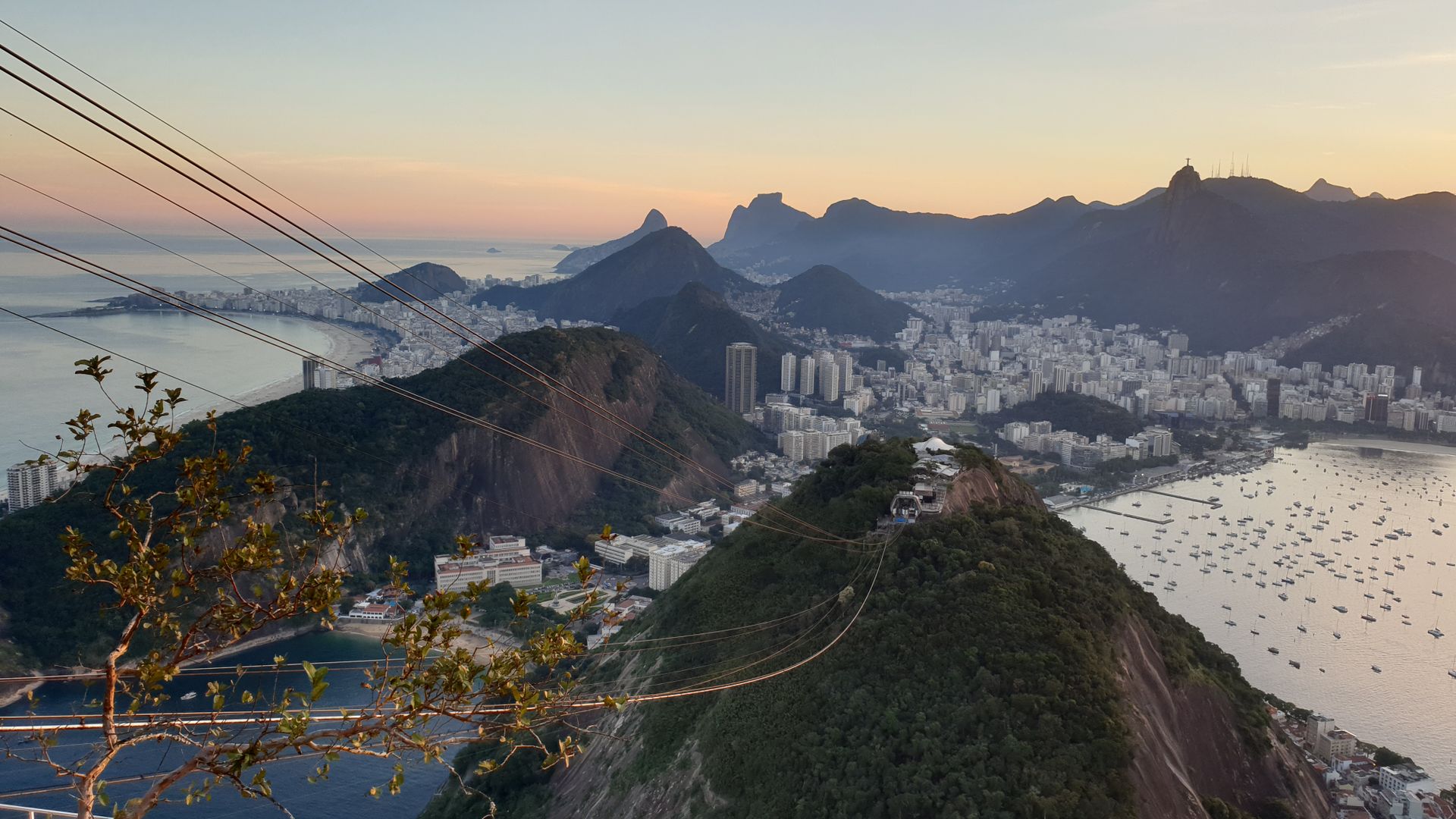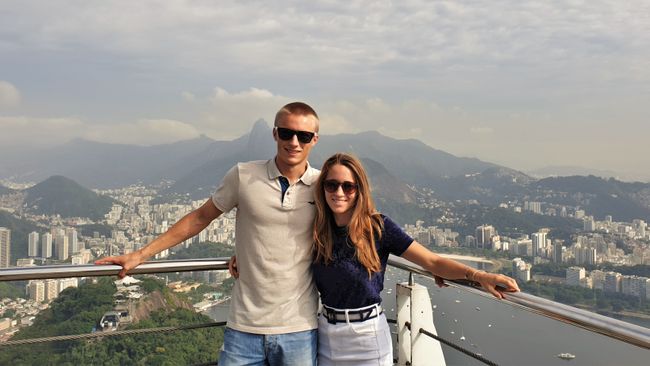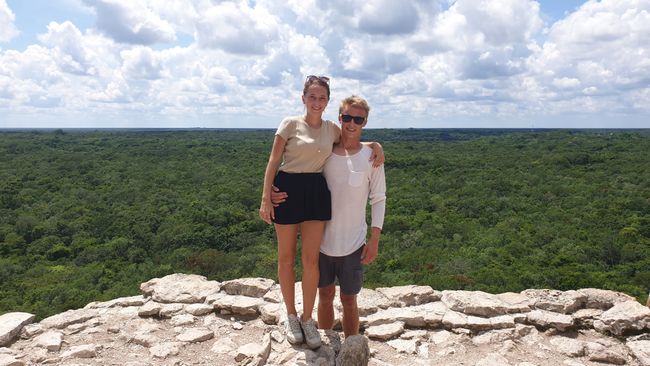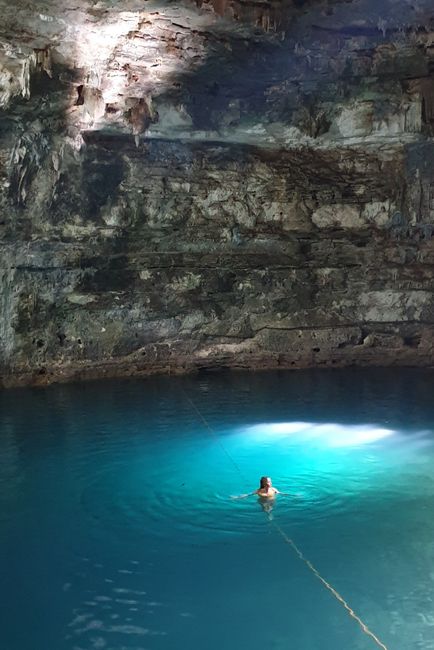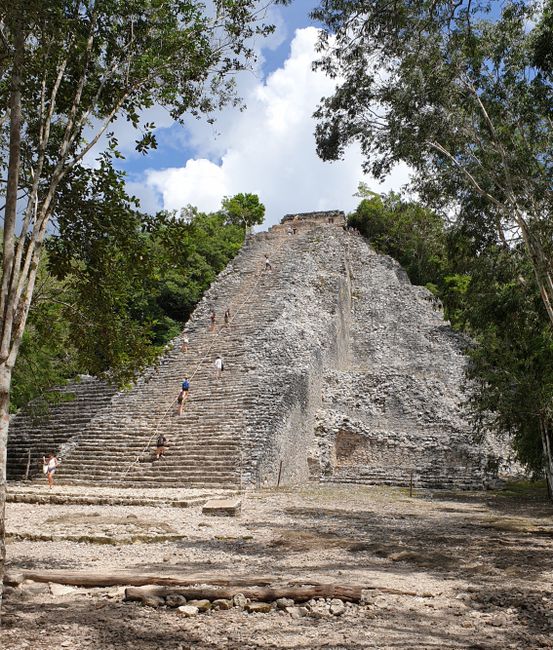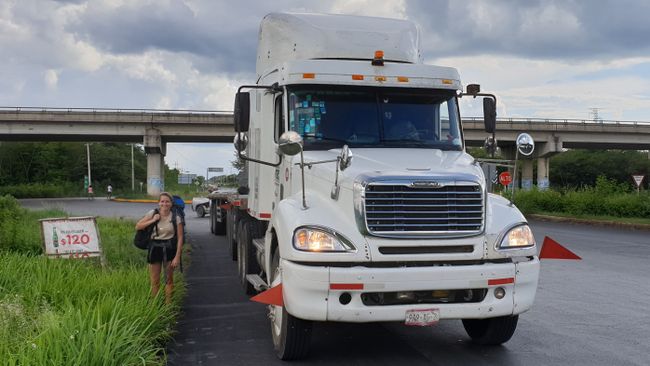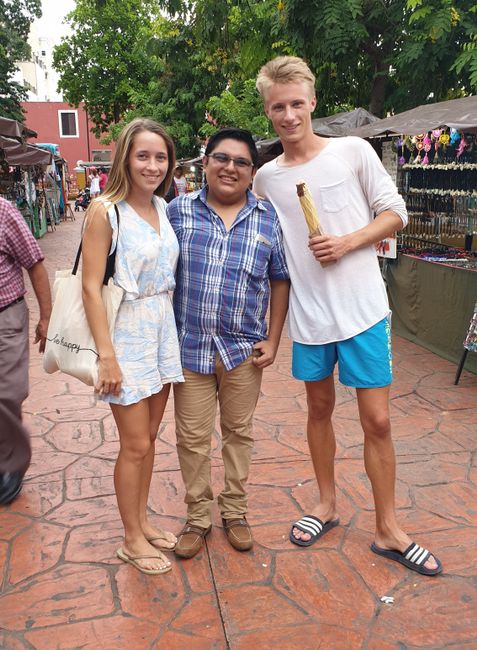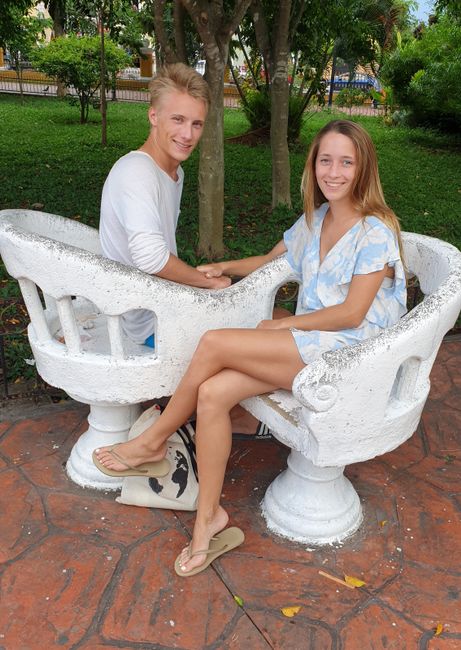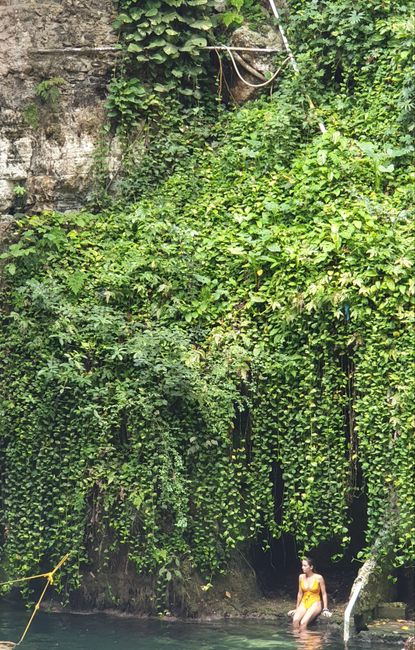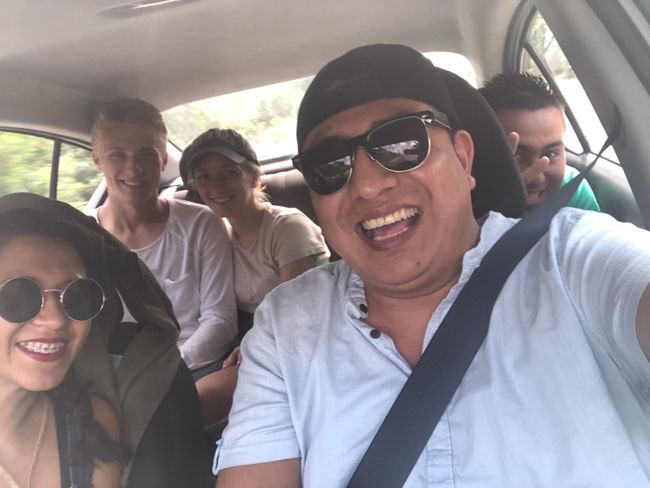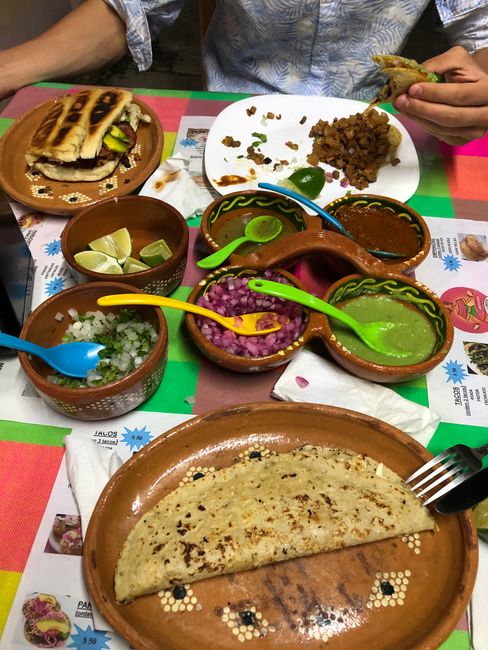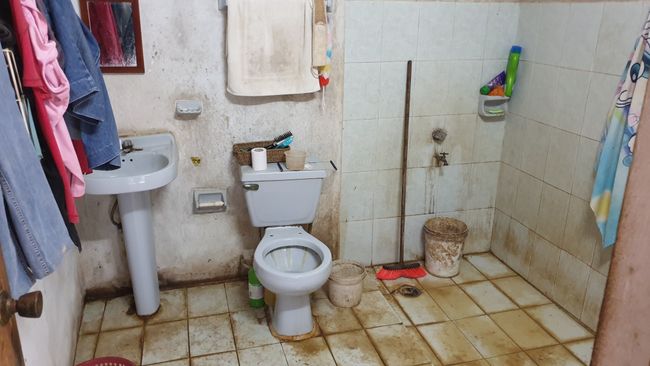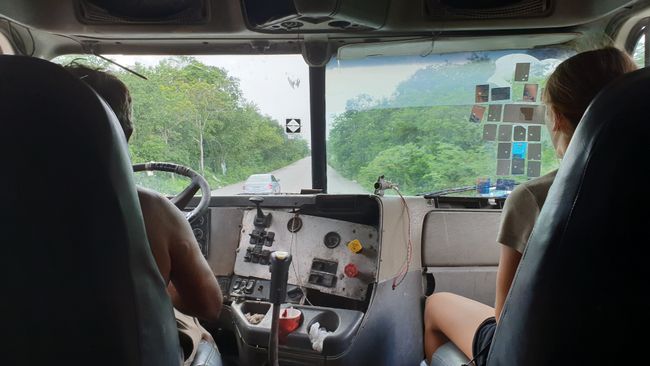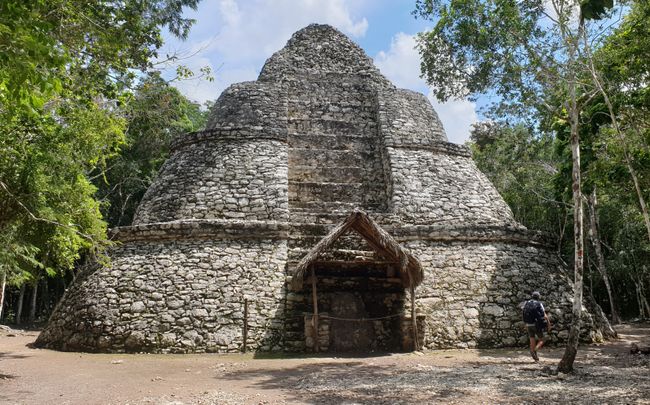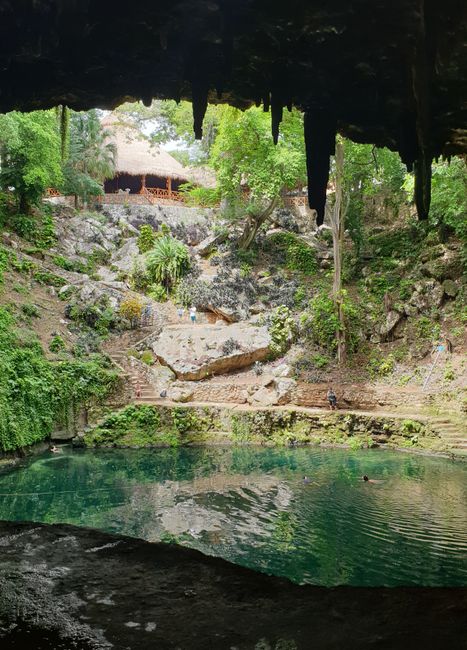Mexico #4 - Valladolid
ተሓቲሙ: 19.10.2019
ንዜና ሳብስክራይብ ግበሩ
Hitchhiking in Mexico

On the way from Tulum to Valladolid, we didn't want to miss the Mayan site of Coba. Since the right bus didn't come, we decided to hitchhike. We didn't have to wait for even five minutes before three young Mexicans stopped for us. They were on their way to a concert and could easily drop us off near Coba.
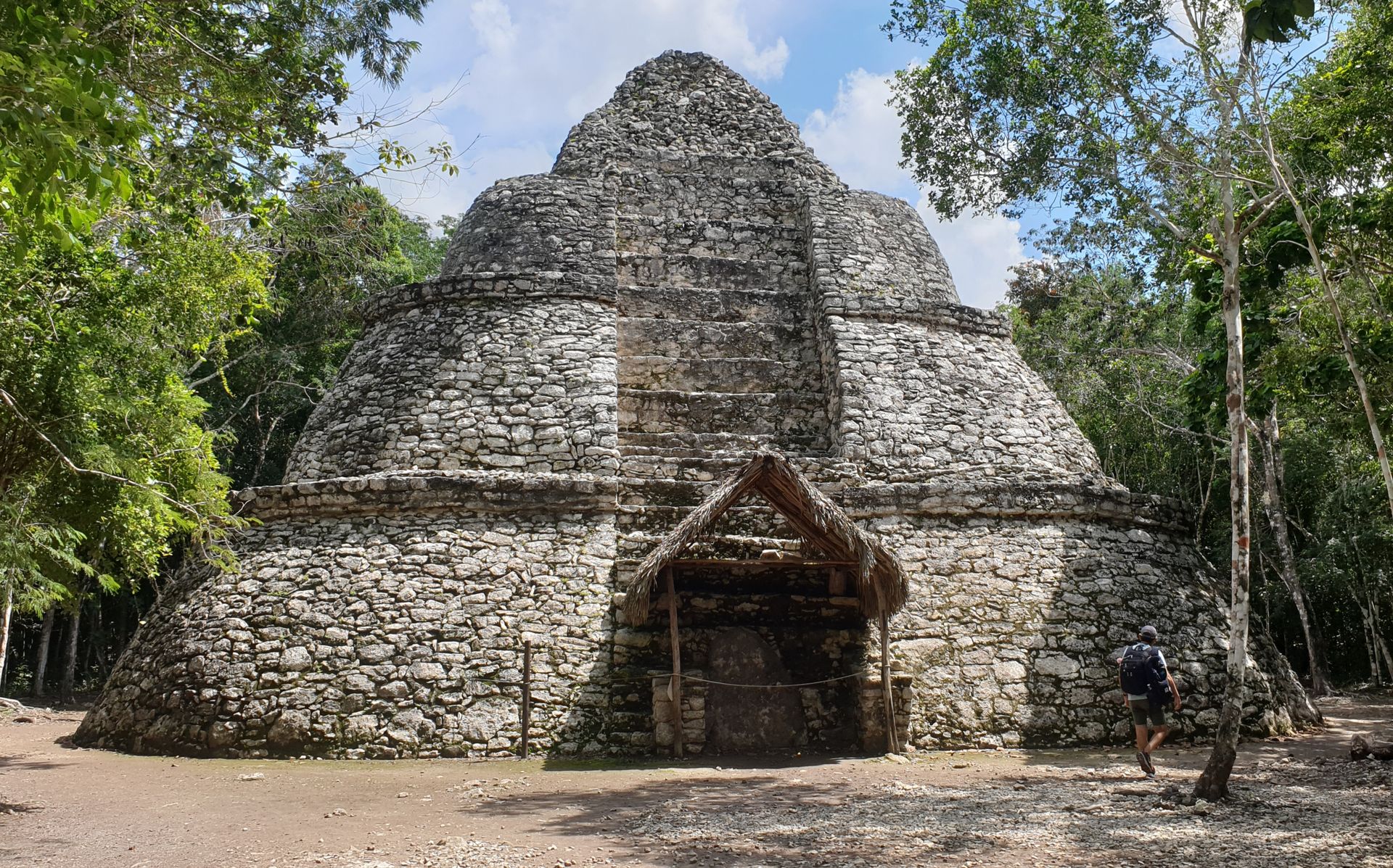
Coba is a very extensive Mayan site that can be explored by bike. In addition to smaller temples, there is a very large main pyramid, one of the few that can still be climbed. Although you sweat when you reach the top, the panoramic view over the jungle is magnificent.
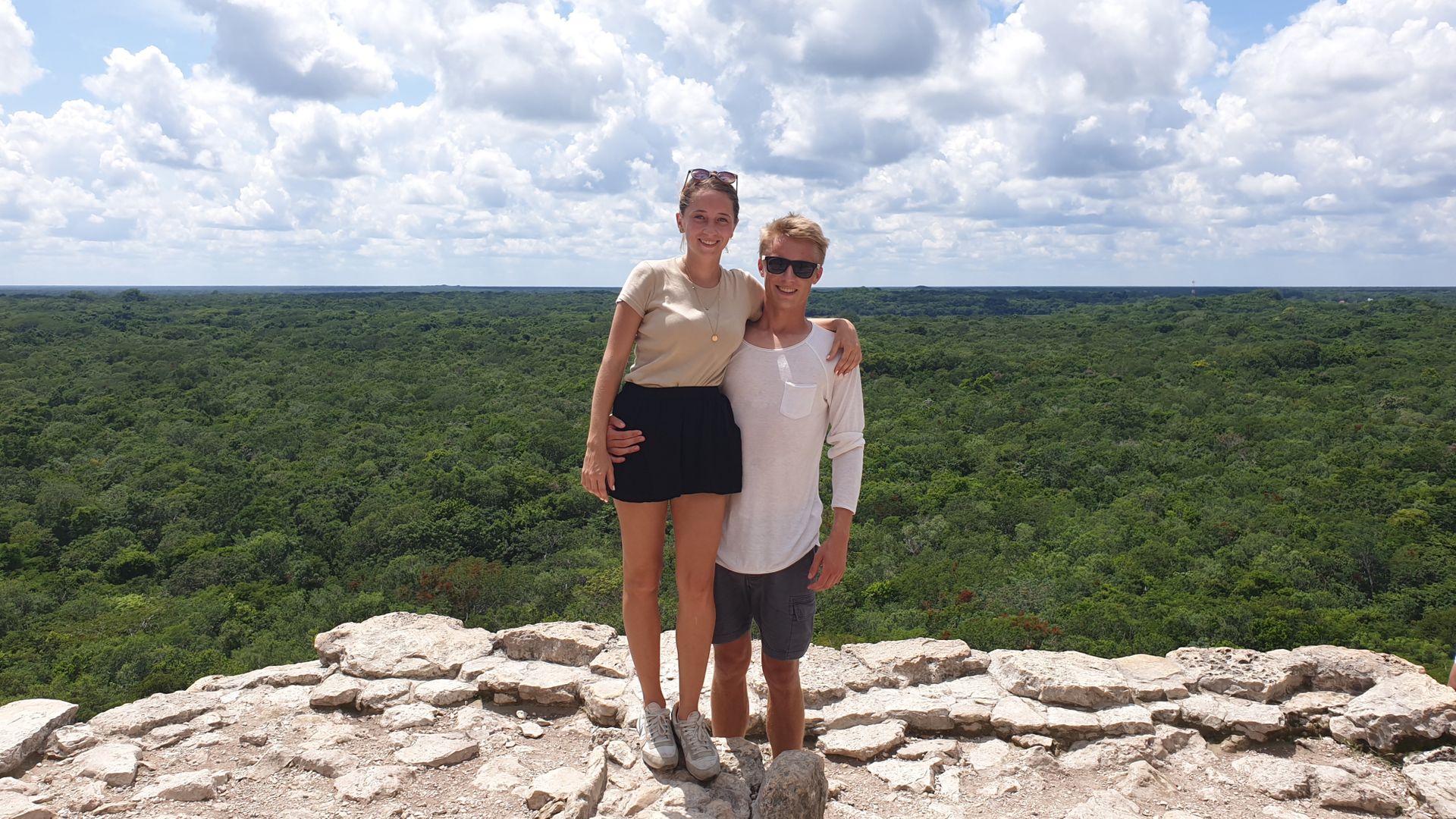
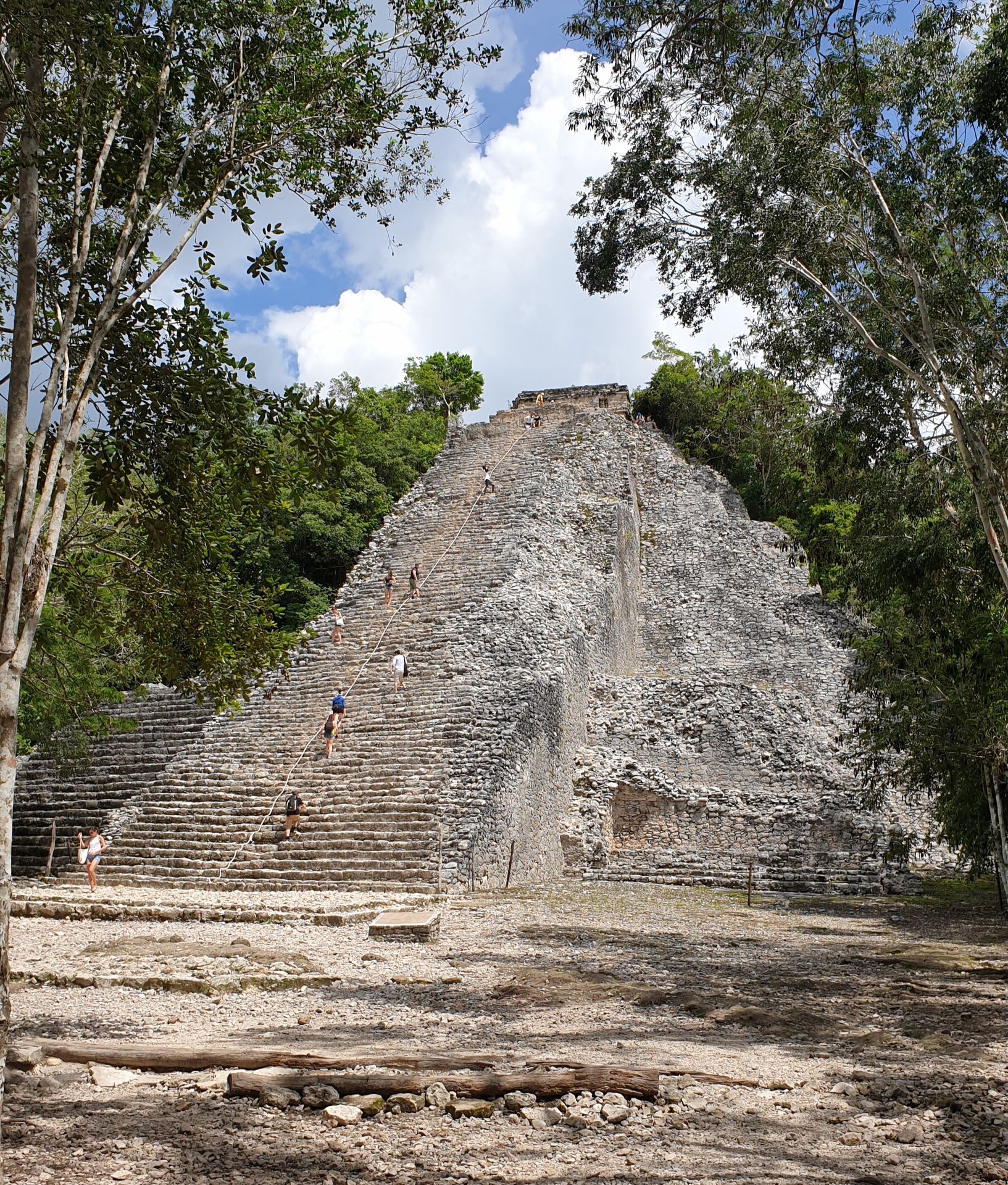
The journey to Valladolid was a bit more difficult: In total, we needed three hitchhiking rides, but we never had to wait long. The highlight of the day was probably the ride in the cab of a truck.
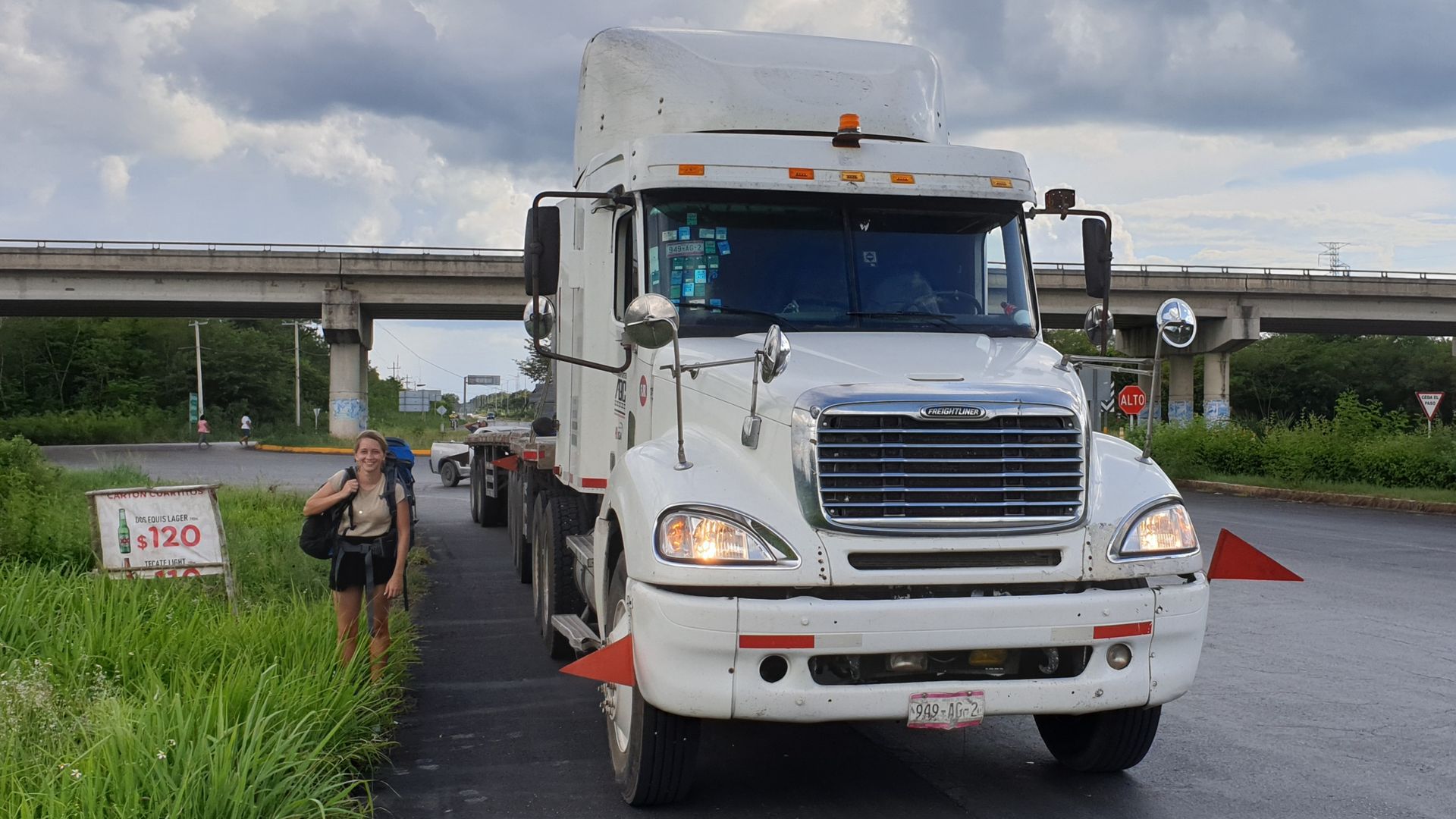

Second Time CouchSurfing
Arriving in Valladolid, we stayed with our second CouchSurfing host, Carlos. The 27-year-old is professionally involved in a government program and is also an LGBT activist.

However, he lives with his mother in relatively simple conditions that take some getting used to. They don't have a toilet flush or a stove, and they only cook on a small fire pit in the garden. You can only find books in their old, broken refrigerator. The bathroom was also in a very questionable condition.
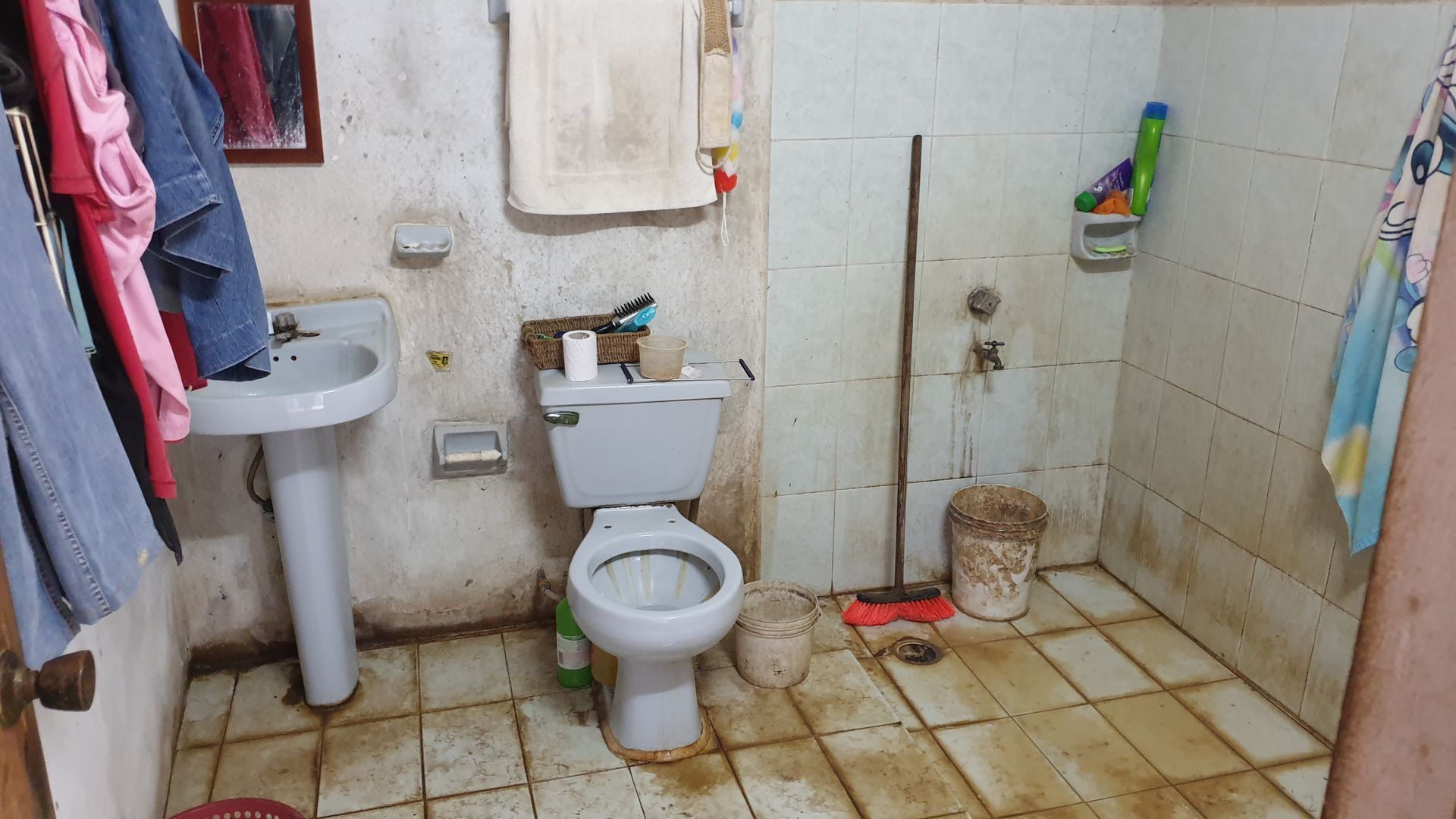
But Carlos was very friendly and gave us a very authentic insight into his life and the city. We went to a bar together on the first evening and were invited to a traditional lunch with his aunt the next day.

Our first two accommodations with CouchSurfing have already shown us how different the conditions and therefore the experiences can be. We are excited to see what else awaits us in this regard.
Mexican Cuisine
Speaking of traditional food: Tacos, Burritos, Nachos, Churros, Guacamole... just to name a few of the most prominent dishes of Mexican cuisine.
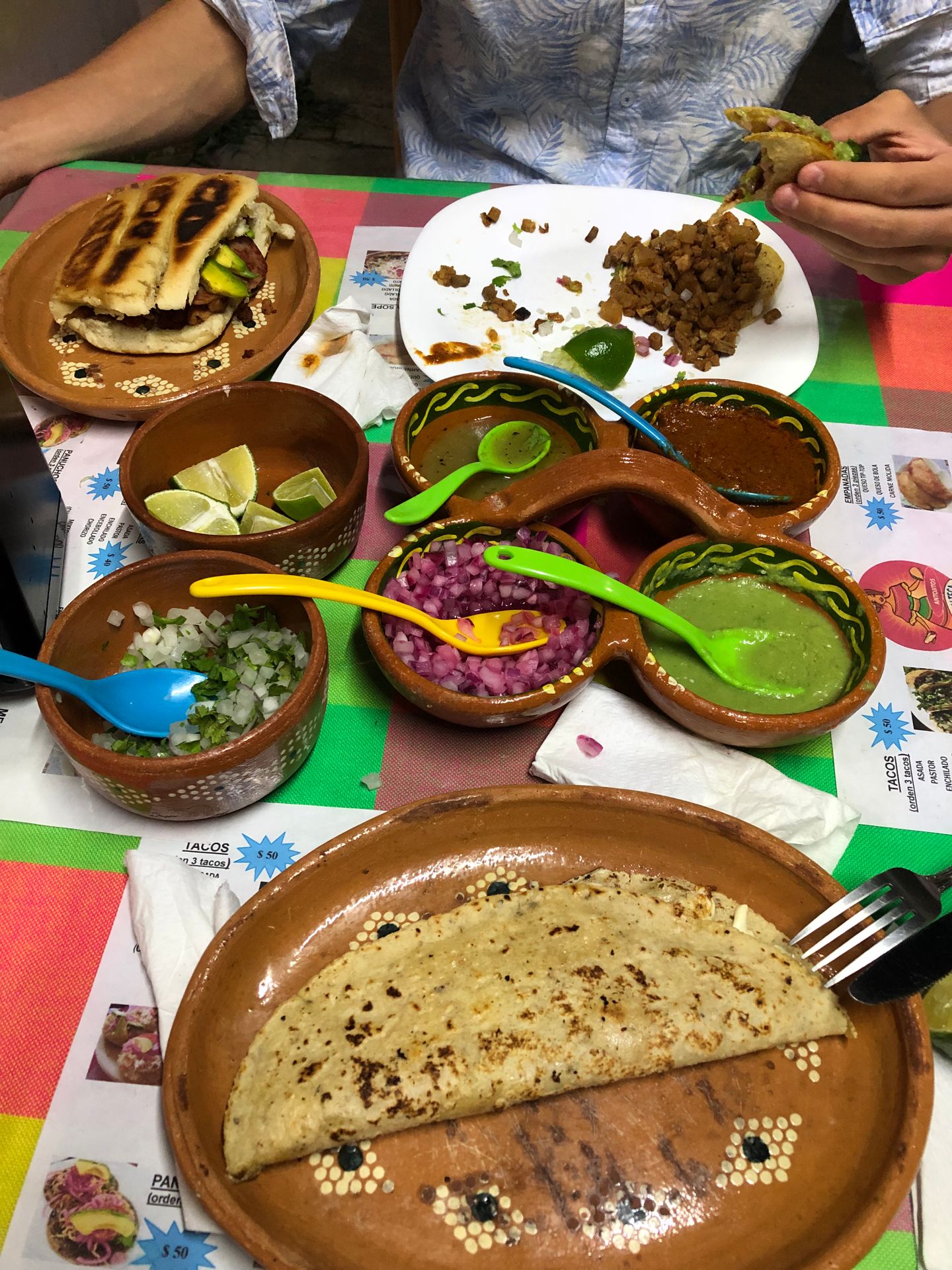
Here, in slightly less touristy areas, we have been able to try many other dishes such as Sopa de Lima, Salbutes, Enchiladas, Gringas, and Chalupas. Almost always, small corn tortillas, meat, and spicy sauces are at the center of attention. Avocado is also served with almost every meal.
Chilies are said to have been an integral part of the Maya diet. However, the Mexican love of spices can be quite bewildering, especially for tourists. Beer is often "enhanced" with a lot of salt or hot sauce.
In addition to beer, tequila is widely consumed here, either straight or as margaritas.
Cenotes
However, the highlight of our four-day stay was the famous cenotes in and around Valladolid.
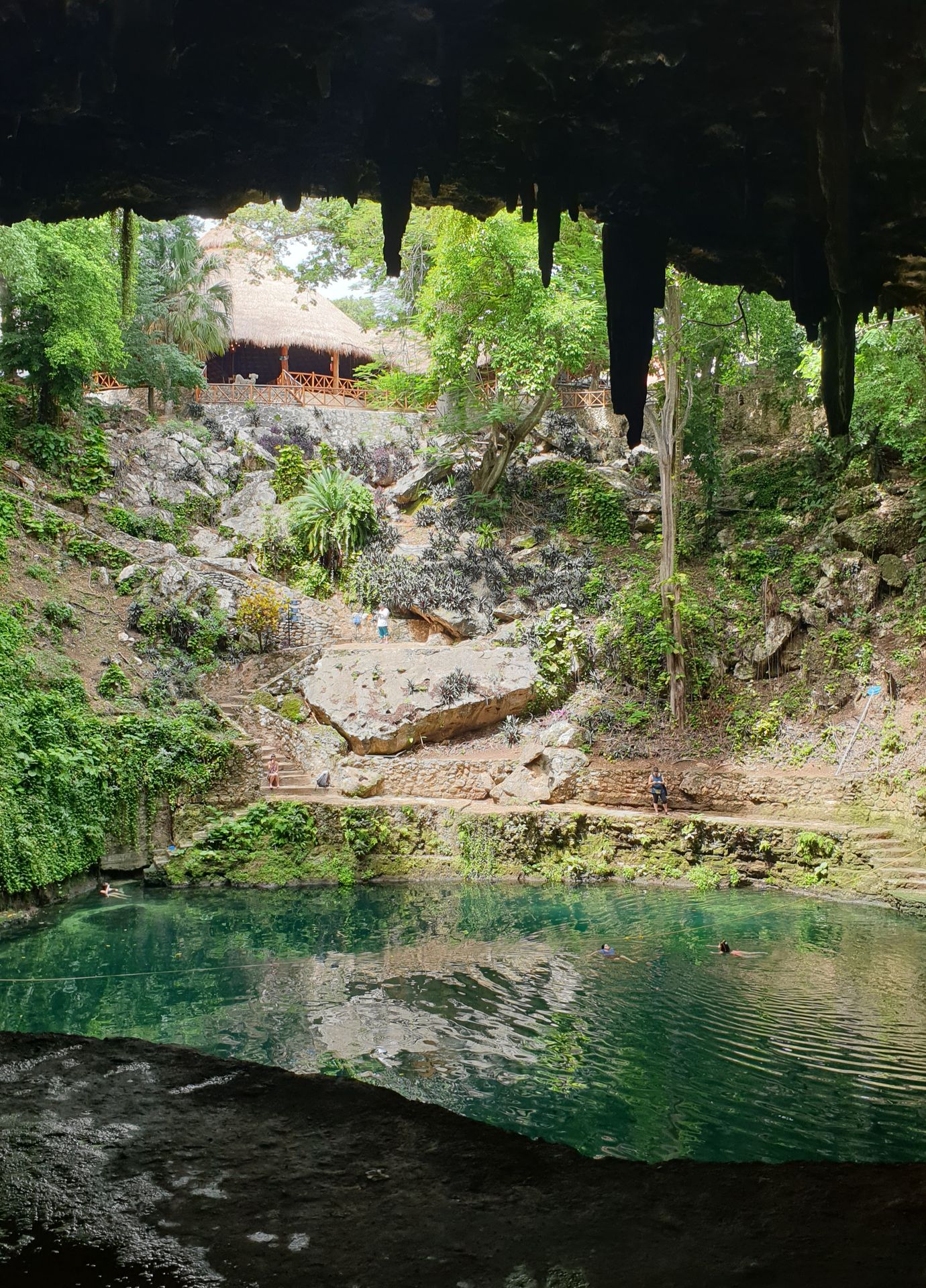
In Yucatan, you won't find above-ground rivers, but probably the largest connected underwater cave system on Earth. Cenotes are limestone caves that collapsed long ago and are filled with clear freshwater. It is estimated that there are about 10,000 of these caves on the Yucatan Peninsula, which the Maya regarded as gateways to the underworld and used as sacrificial sites. In addition to jewelry and human remains of the Maya, expeditions have also discovered prehistoric evidence of human activity.
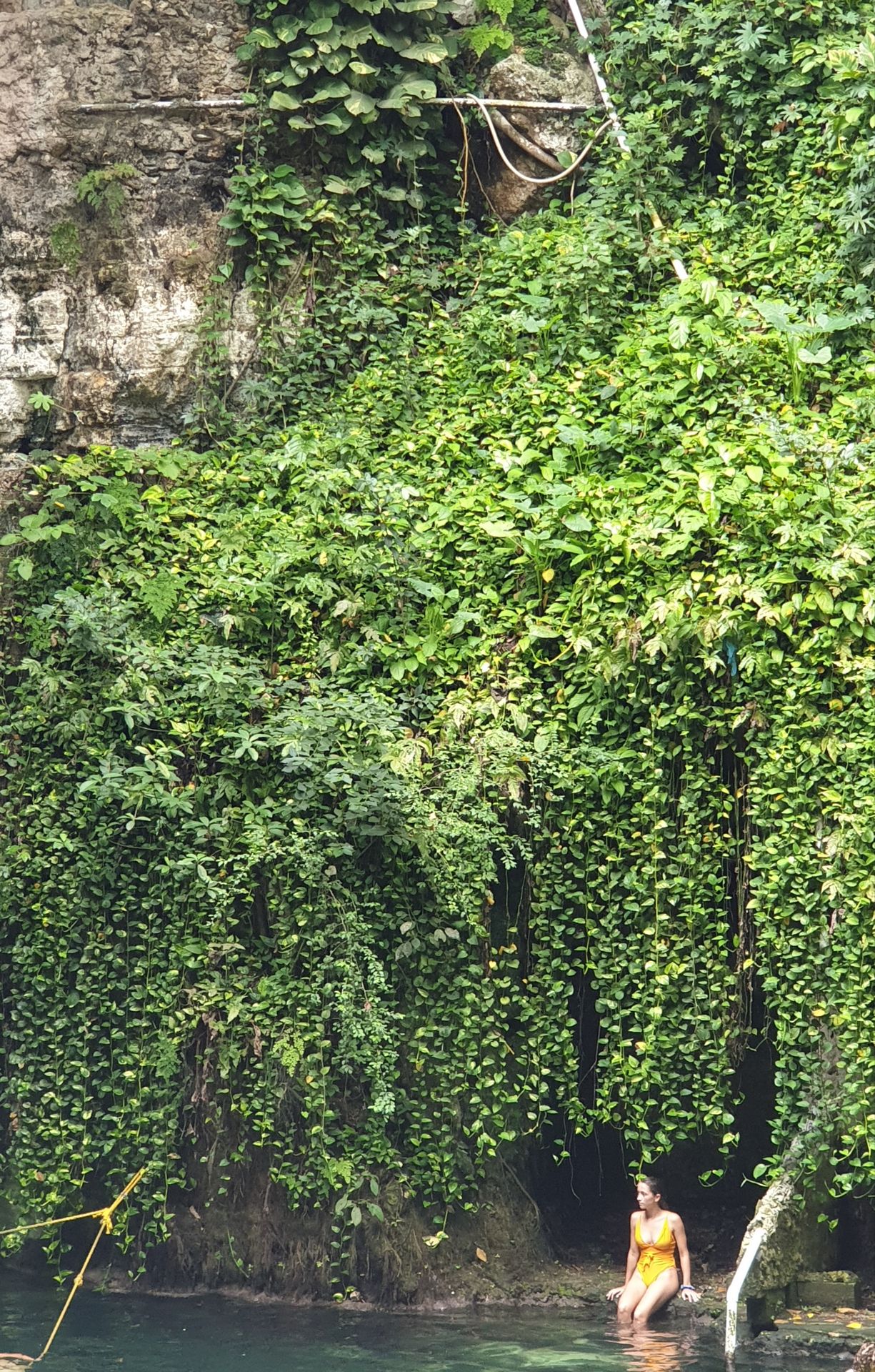
However, the cenotes are not only interesting from a geological or historical perspective, they are also probably the most beautiful natural freshwater pools on Earth.
You can jump into the clear water from cliffs and swing on vines. The deep waters, which can be up to 100 meters deep, have a special appeal for divers. Many cenotes are open-air, while others are located in caves and receive little to no daylight.
For example, we visited a cenote where sunlight only reached the water through a small hole in the ceiling, causing it to shine in bright blue. Snorkeling in this spot was enchanting.
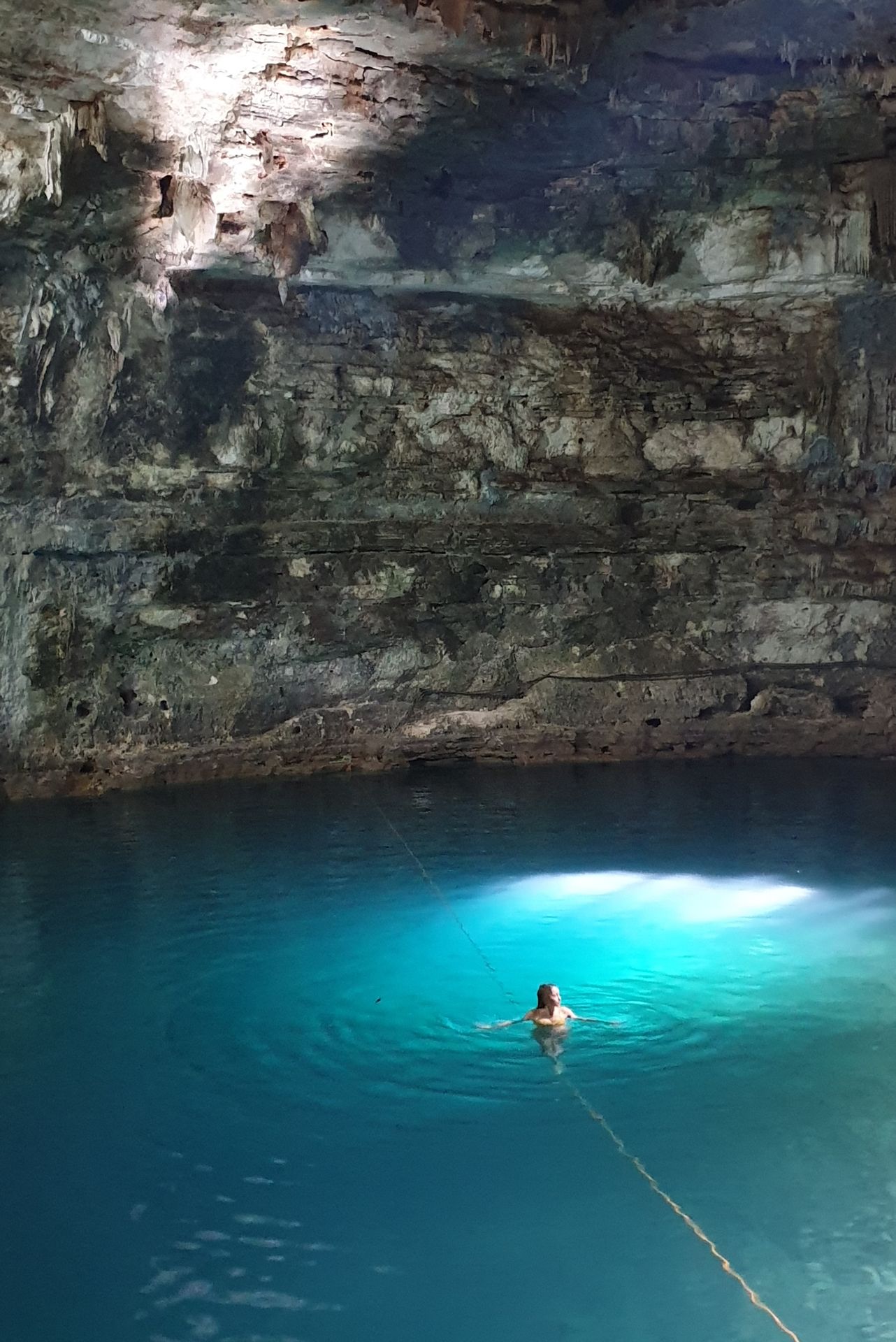
All in all, the cenotes were an absolute highlight of our trip so far.
Saludos!
D&J
ንዜና ሳብስክራይብ ግበሩ
መልሲ
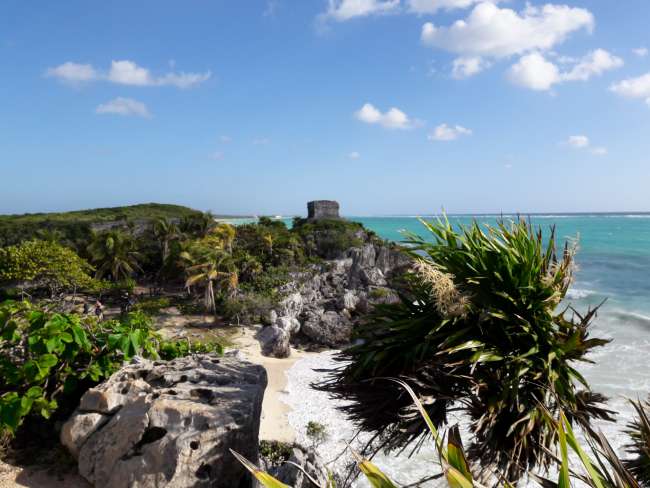
ጸብጻባት ጉዕዞ ሜክሲኮ
